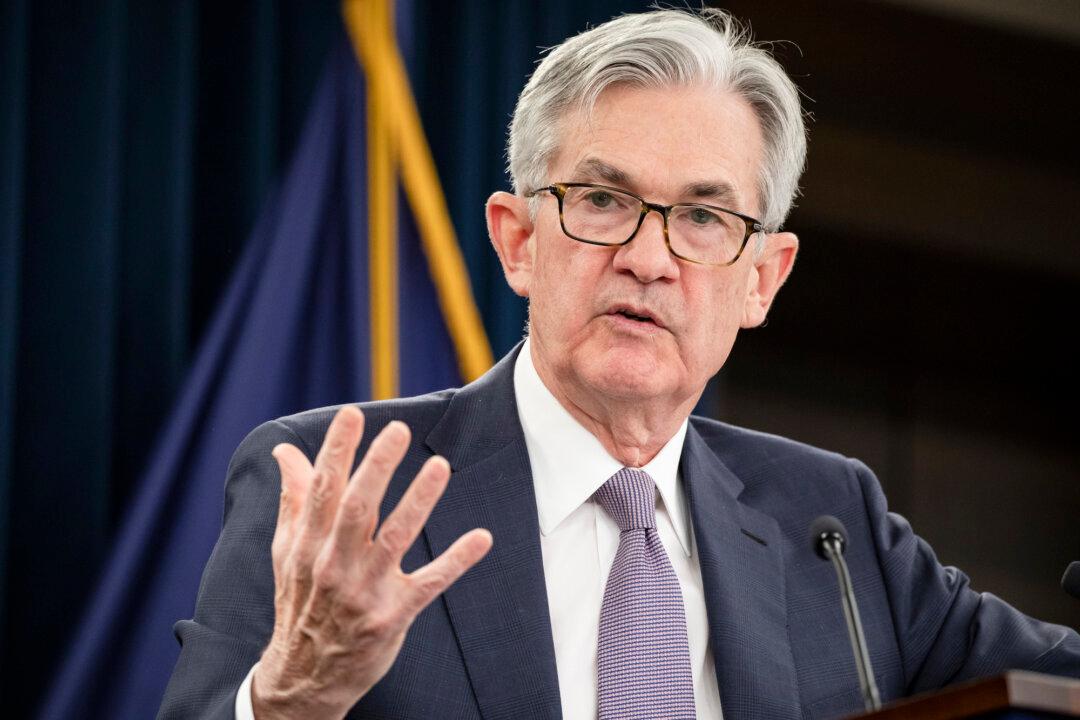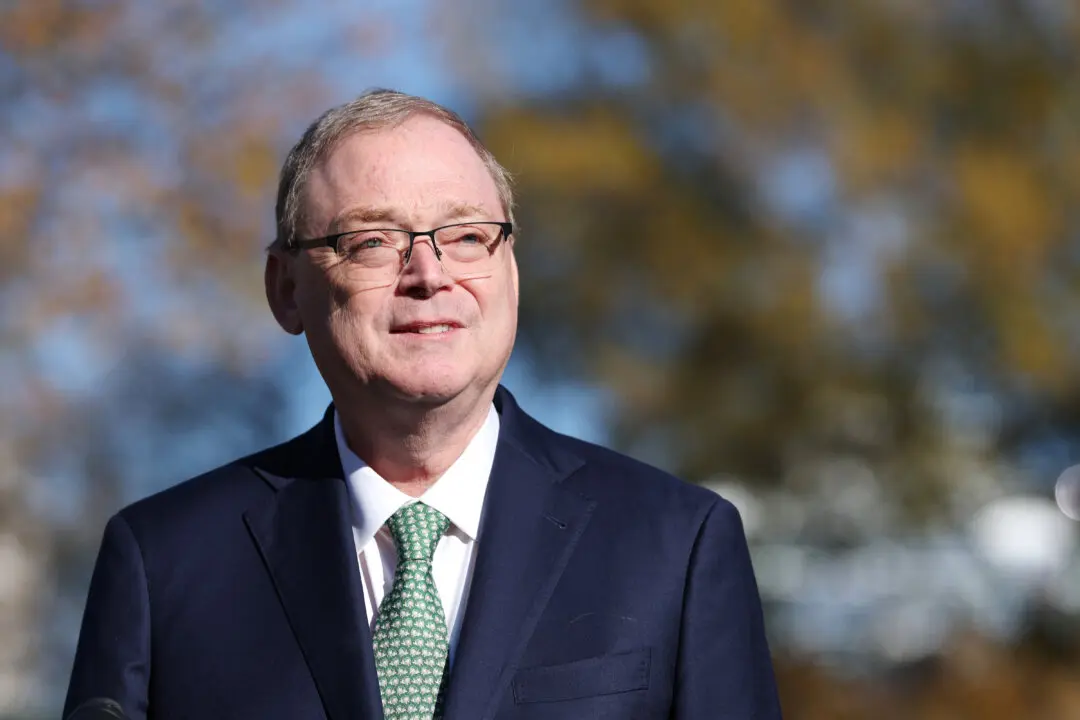While Federal Reserve policymakers voted on Sept. 22 to keep rates at near zero, they also raised their expectations for rate increases, suggesting a mix of optimism about the pace of economic recovery and fear that easy money policies would fan the flames of inflation.
The Federal Open Market Committee (FOMC) released updated economic projections (pdf), including the so-called “dot plot” that charts the 18 FOMC members’ future expectations for rates.





